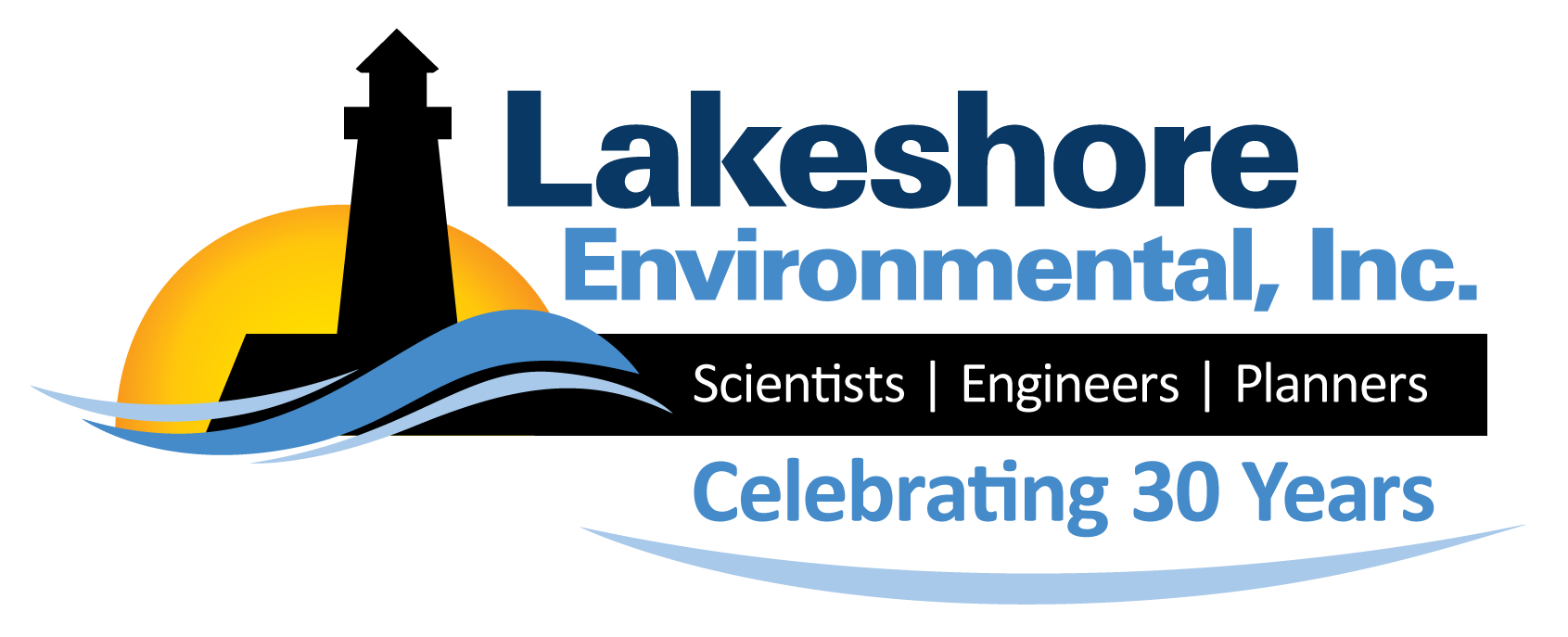Lakeshore Environmental, Inc. (LEI) was awarded a research grant from the National Ground Water Research and Educational Foundation to conduct an assessment of groundwater age and rate of recharge using environmental tracers. The goal of the grant project was to determine the sustainability of groundwater use at a specific Muskegon County location.
LEI installed numerous shallow and deep nested monitoring wells at a large property for the purpose of collecting groundwater samples for laboratory analysis of chlorofluorocarbon (CFC)-11, -12, and -113 parameters – key groundwater age indicators. During recharge, water picks up a CFC signature based on the atmospheric concentration of CFCs, and groundwater retains its characteristic CFC concentration.
Laboratory analytical results indicated that the groundwater age in the shallow wells ranged from 21 years to 43 years and the groundwater age for the deep wells was approximately 58 years. The topographic and hydraulic gradients, groundwater elevation data, and laboratory data indicate that the younger, shallow water mixes with the deeper older groundwater near the point of discharge.
The results of this research could aid in creating sustainable development concepts and decrease disruption to the aquifer recharge and the natural interaction of the groundwater/surface water interface. Based on the results of this study, LEI has been retained by two businesses to assess whether their processes involving groundwater usage is sustainable. This interest supports the growing concern for a sustainable water supply for current and future generations.
